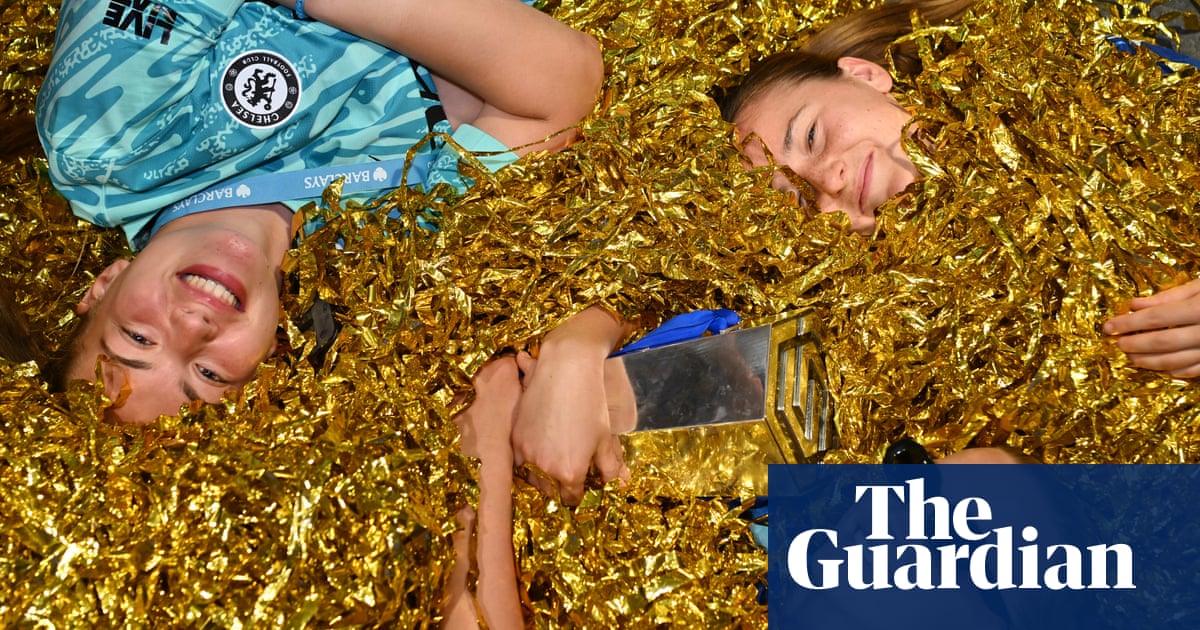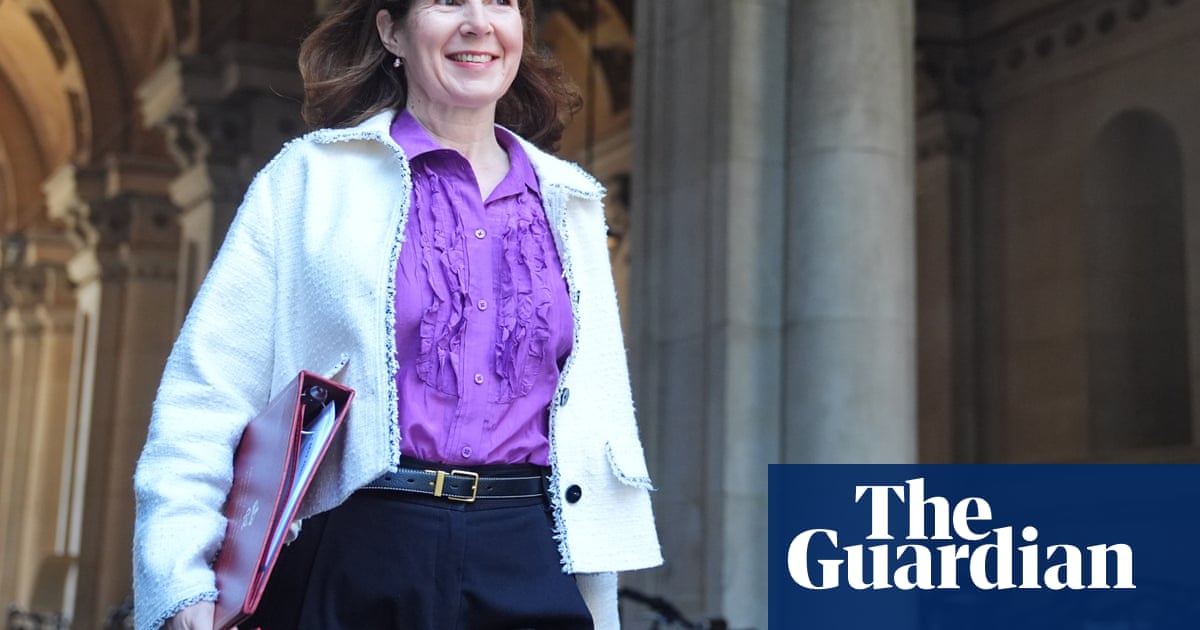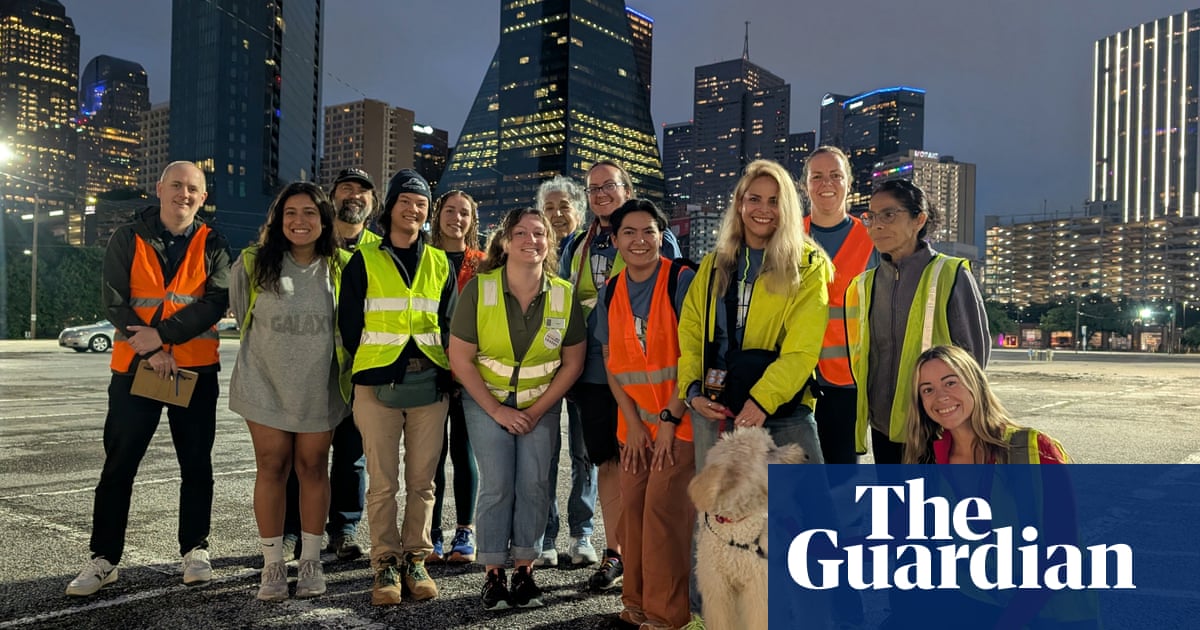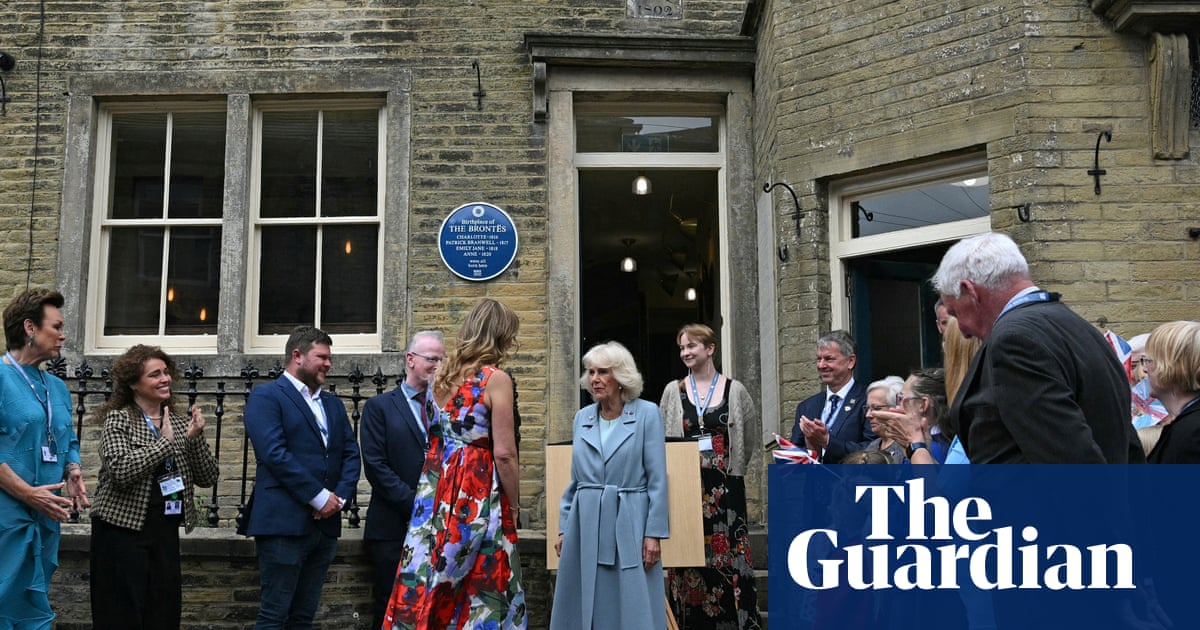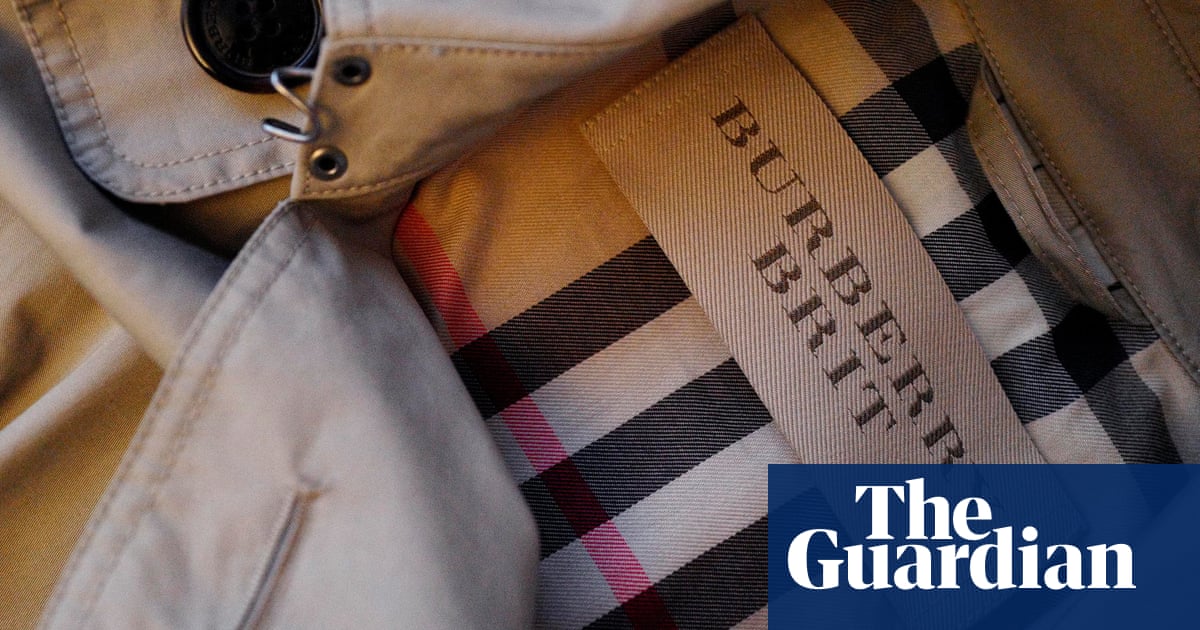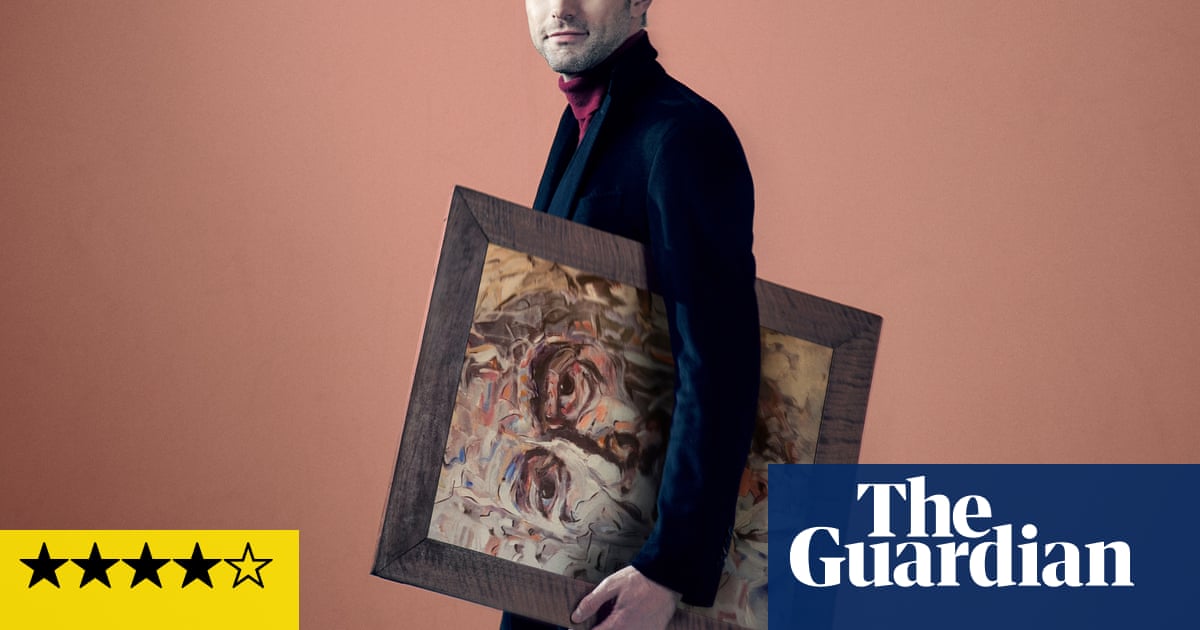All eyes have been on the Vatican; the chimney, the smoke, the men who would be pope, the man who now is pope and, among it all, the clothes. It might seem shallow to focus on the vestments, but then the pomp, spectacle – and the ceremonial outfits – are all part of the momentous event.
The election of the new pope also chimes with a mood in fashion, since religious references – ranging from ornate crucifixes and the sacred heart symbol to prayer beads – have been percolating since well before the conclave. Take the hoodies and skirts of the New York label Who Decides War, which are decorated with stained-glass window designs. Or T-shirts from the most recent collection of skatewear brand Palace, adorned with the face of the Virgin Mary.
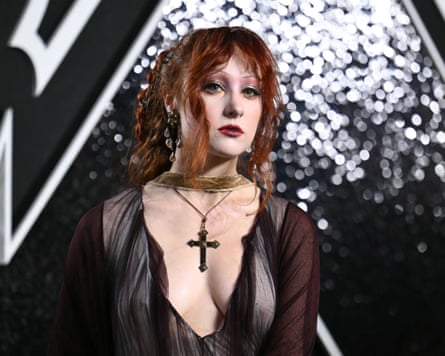
At the Met Gala last week, co-chair Colman Domingo arrived wearing a cape in a heavenly cobalt with an ornate collar, while American fashion designer Willy Chavarria took his turn on the steps wearing a necklace punctuated by crosses and a single rood dangling from a belt loop. He isn’t alone: cross necklaces have been ubiquitous recently, adorning necklines as disparate as those of Chappell Roan and White House press secretary Karoline Leavitt.
There was a hint of incense in the air at several recent fashion shows, too. Chavarria’s presentation, which was held in the American Cathedral in Paris, saw models clutching rosary beads and wearing sweatshirts emblazoned with crosses. British-Nigerian designer Tolu Coker placed prayer beads in the hands of her models at London fashion week, while GmbH did the same in Berlin.
According to writer and curator Iain R Webb, it is “the drama, pomp and ceremony of religion and the richness of its associated iconography” that attracts designers. He cites Cristóbal Balenciaga’s “sweeping silhouettes that echoed the cassocks of cardinals” and Christian Lacroix’s bejewelled crucifix jacket, which he presented in 1999.
But while fashion has always toyed with the trappings of religion, there could be something more to this revival than mere aesthetics. “In this new dark age, now more than ever, people are choosing to engage with the spiritual in an effort to find something more meaningful that refuels their souls,” Webb says. It tracks with the growing numbers of young people embarking on spiritual journeys – this year, 45% of 18 to 24-year-olds in the UK said they believe in God; in 2019, only 22% said they did.

J’Nae Phillips, trend forecaster and creator of Fashion Tingz, agrees that the new religious dressing “seems to go beyond mere styling. It suggests a deeper grappling with identity, heritage, and perhaps a collective sense of unease or longing for grounding in uncertain times.” Where once, she says, “religious symbolism in fashion might have been purely provocative or ironic, today there’s often sincerity behind it”.
Nonetheless, in 2025, overt displays of Christianity can bring up unholy associations with the religious right. As if to counteract this, at his Paris show, Chavarria played the speech that the Right Rev Mariann Budde, bishop of Washington, gave at Trump’s inauguration, in which she implored him to have mercy on immigrants and the LGBTQ+ community. Rather than heeding her wise words, Trump later called Budde a “Radical Left hard line Trump hater”.
after newsletter promotion
“The way religion has been co-opted by political movements has undeniably shaped how religious symbols are perceived,” says Phillips. She sees Chavarria’s choice as “a reclamation – using the platform of fashion not just for aesthetic commentary, but for moral and political clarity”.
Maybe there’s a desire for non-Maga-leaning people of faith “to be even more vocal,” says Lucy Collins, an assistant professor of philosophy at New York’s Fashion Institute of Technology. “Because they feel like their religion’s being misrepresented – which it frankly is, right?”
To read the complete version of this newsletter – complete with this week’s trending topics in The Measure and your wardrobe dilemmas solved – subscribe to receive Fashion Statement in your inbox every Thursday.

 2 hours ago
4
2 hours ago
4

